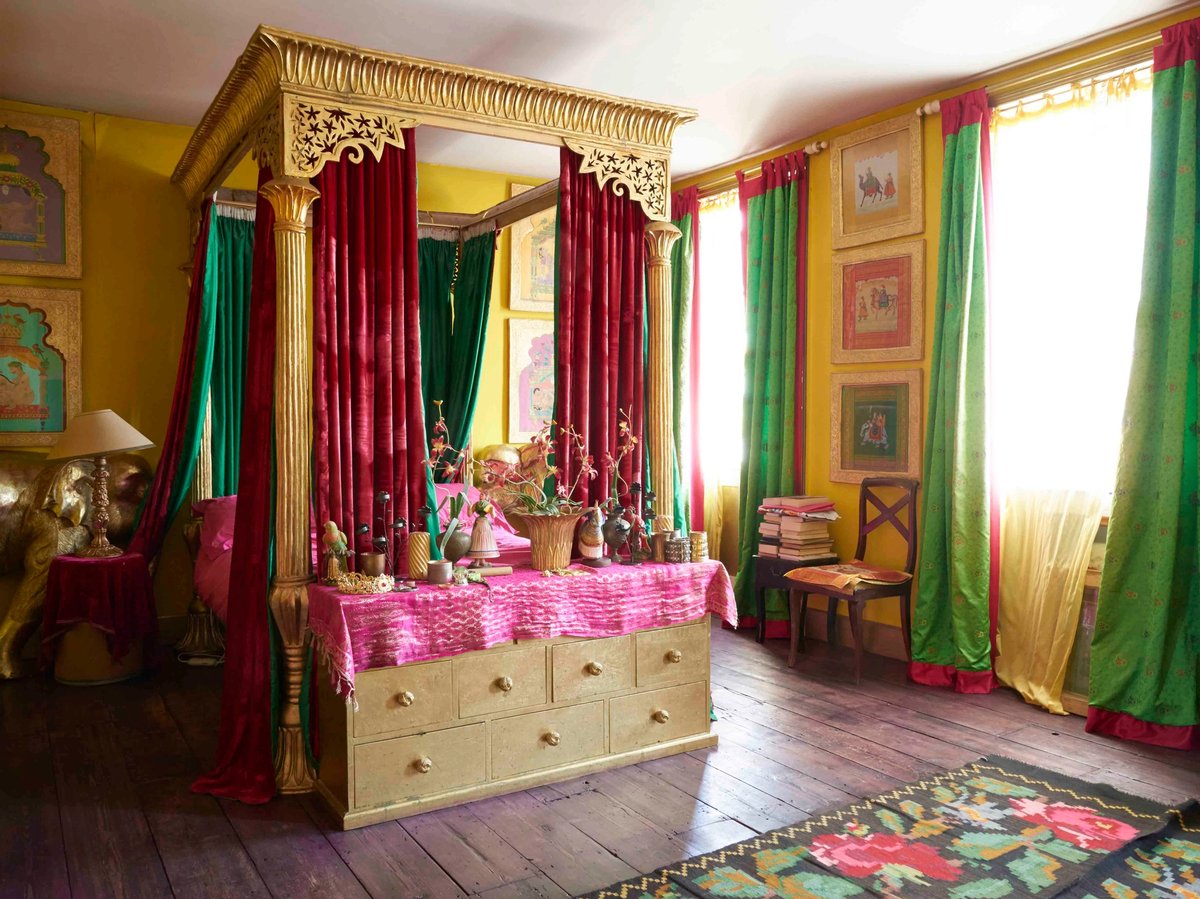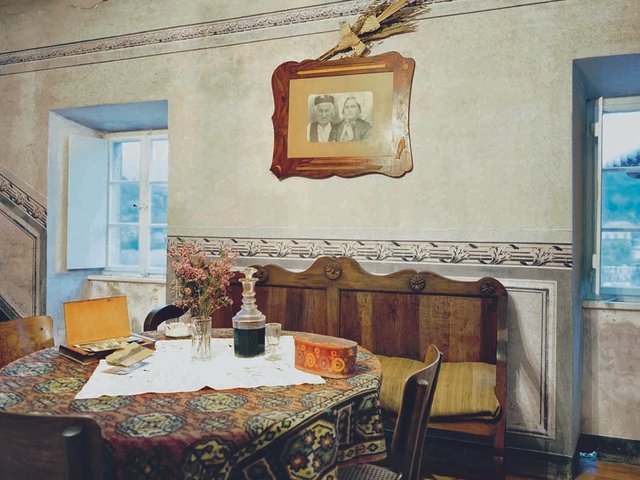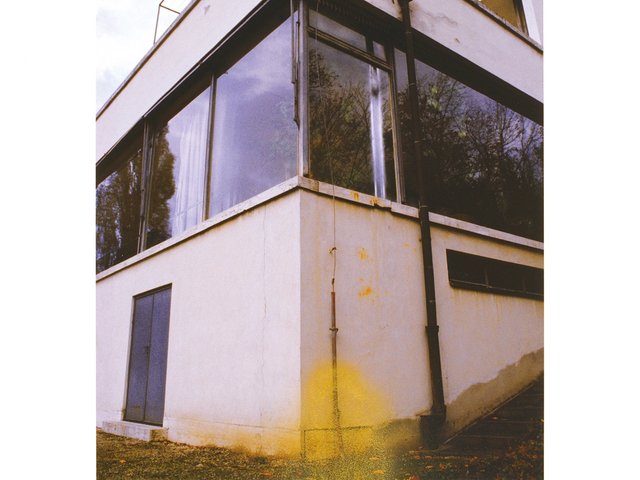As a result of Louis XIV’s revocation of the Edict of Nantes (1685) a flood of French Protestant refugees found a welcome home in England. Many eventually built substantial houses in the East End of London where they very profitably pursued their trade as craftsmen, many working in the silk trade. Spitalfields was in particular a favoured site, and Whitechapel, Shadwell and Mile End all became prosperous suburbs.
In the 19th century the area became a magnet for poorer immigrants and refugees and the houses were divided into crowded flats. The East End, once a thoroughly bourgeois part of London, became a slum and remained one for most of the 20th century. The Blitz and slum clearances after the Second World War obliterated much of the Georgian stock, but by the end of the century even the East End became desirable in the eyes of yuppies, as they were then known.
This beautifully produced book is the story of 16 Georgian houses in east London that have been carefully restored in recent years. They date from 1725 to 1812. The owners have not only “bought back” many of the architectural features and decorated their houses with “period” colours and furnishings, they have also made them their homes—the photographs give evidence of their lived-in look, contemporary touches and homely items abound (shown here, an Indo-Chinese inspired bedroom, part of a 22-year-long restoration and redecoration of a pair of 1797 terraced houses in Walworth). This book is a testament to private enterprise, investment and the variability of taste. It might also inspire others who plan to restore their historic houses.
- Philippa Stockley; photographs by Charlie Hopkinson, Restoration Stories: Patina and Paint in Old London Houses, Pimpernel Press, 224pp, £45 (hb)




